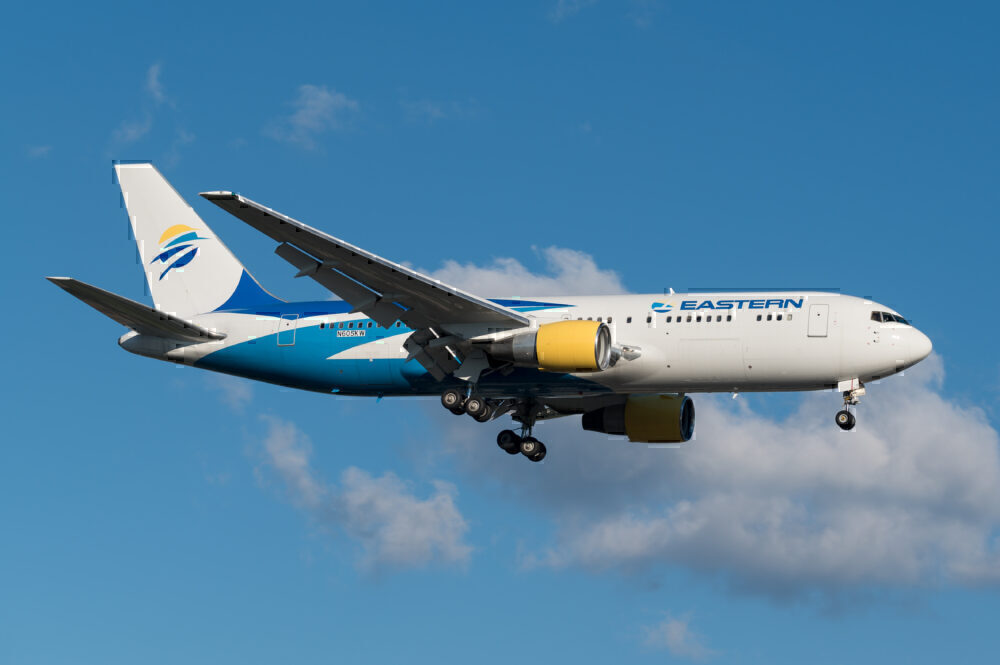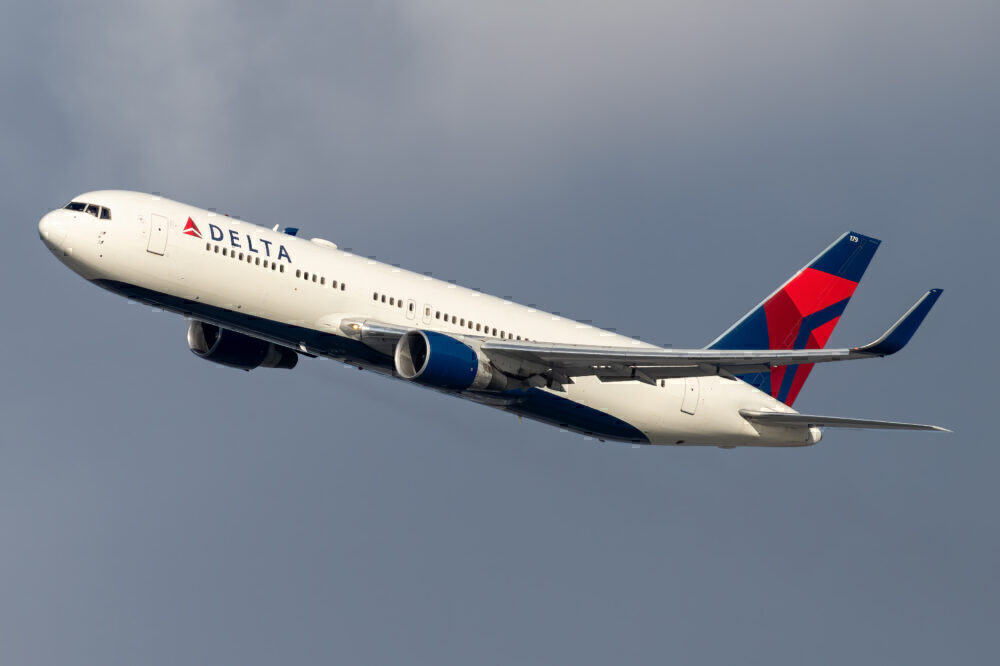The Boeing 767 is coming up on 30 years of service next year. With over 1,200 planes built and several variants introduced over the years, the 767 is still a crucial part of many airlines’ fleets. We explore which airlines are still flying the Boeing 767.

The 767 entered service in 1982
United Airlines was the first operator of the 767, flying the 767-200 back in 1982. Within just a couple of years, Boeing released the 767-200ER, a plane that offered significant improvements in range. As a twinjet widebody with long-range and low operating costs, the 767 became a mainstay on transatlantic and transcontinental flights.

The plane became even more useful after the FAA granted it an ETOPS rating of 120, extended to 180 in 1989. This opened up a whole new world of possibilities for the jet, which by the 1990s established itself as Boeing’s best-selling plane. The best-selling variant of the 767 was the stretched 767-300ER, which added over 20ft of length, additional fuel capacity and MTOW. The 767-300ER was introduced in 1988 and Boeing went on to sell 583 – close to half of all 767 orders.
767 operators
The 767 has been most popular with U.S airlines since its introduction but is operated all across the globe.
Delta Air Lines
Delta was one of the first airlines to order the 767 and is now the operator of the largest fleet of 767 passenger planes. The airline presently has a total of 72 767s, 42 of which are in service. This includes 26 -300ERs and 16 -400ERs. Delta’s fleet is rather dated with an average age of over 23 years. The airline has already retired a number of 767s this year and plans to phase out its fleet by 2025.

FedEx Express
The cargo variant of the -300, the 767-300F, became one of the best-selling 767s with 232 orders. FedEx Express now has 96 of these freighter planes in service and more orders on the way. FedEx Express’s -300F fleet is one of the newest in service – according to Planespotters.net, the average age of its 767 cargo fleet is just 3.5 years.

UPS Airlines
Another operator of the 767-300F is UPS Airlines which has 75 of the cargo planes. The UPS fleet is considerably older than FedEx Express, with an average age exceeding 15 years. However, the cargo airline has received five brand-new -300Fs this year and is still expecting new orders.

United Airlines
The launch customer of the 767, United Airlines ordered 30 of the 767-200 before it had entered service. Becoming the first airline to operate the 767 in 1982, United Airlines now has 54 767s in its fleet. Currently, just 11 of its 767s are in operation, with over 40 grounded due to the ongoing pandemic. United’s fleet is made up of -300ER and -400ER variants, with all its original -200 planes now moved on.

Japan Airlines
Japan Airlines ordered a load of -300ERs in the early 2000s and took on 11 as part of a compensation deal due to 787 production delays. Today the carrier has 23 767s in service and another eight parked. The airline operates just half of its original 767-300ER fleet, having phased out almost 30 over the past decade.

All Nippon Airways
All Nippon Airways’ 767 fleet is similar in size to Japan Airlines, with 25 in service and seven grounded. The airline was also offered the 767-300ER due to problems with 787 production at the turn of the millennium. While both airlines have more 787 Dreamliners, the 767-300ER is still an important part of their respective fleets.

[ad_2]
Source link


